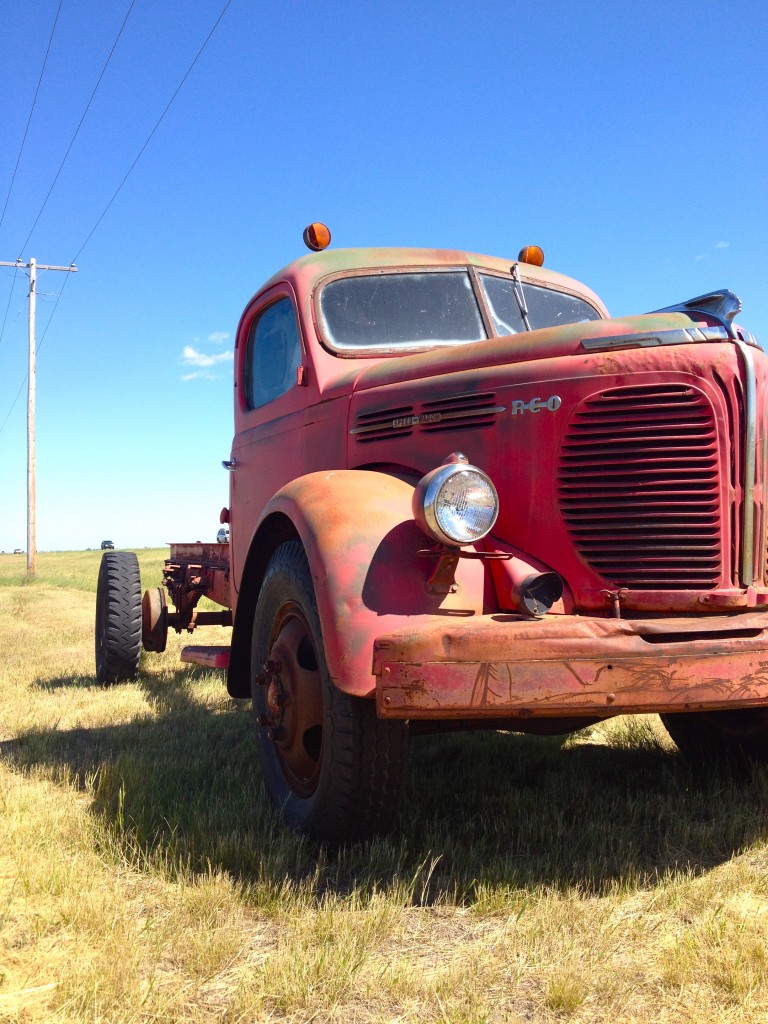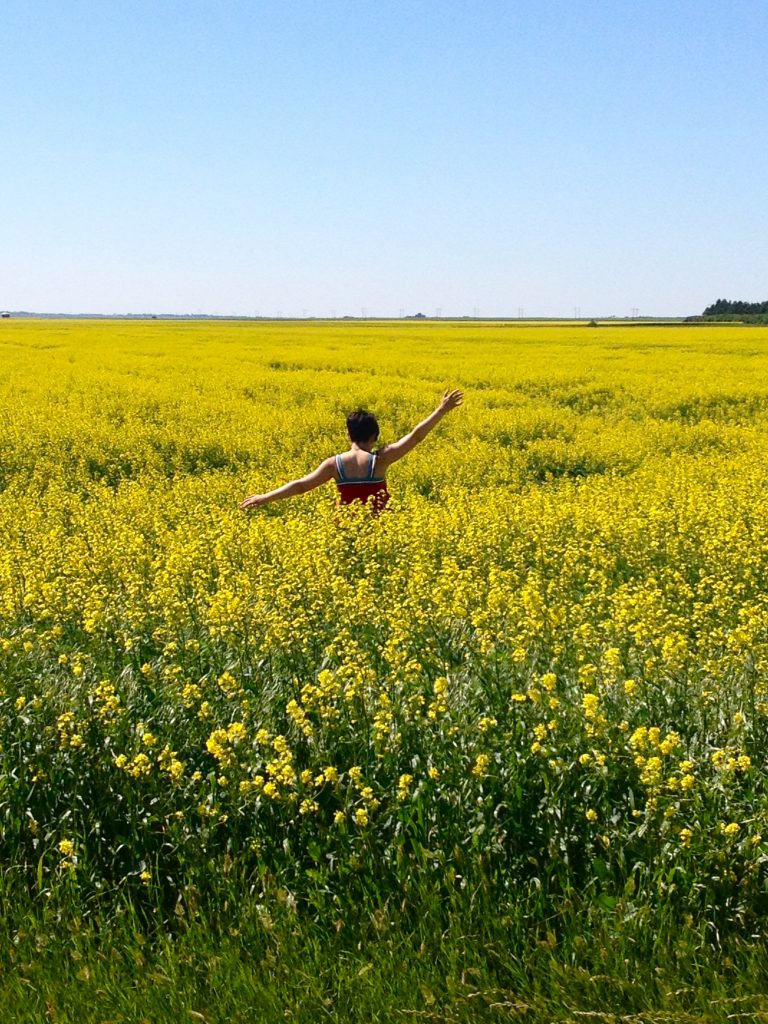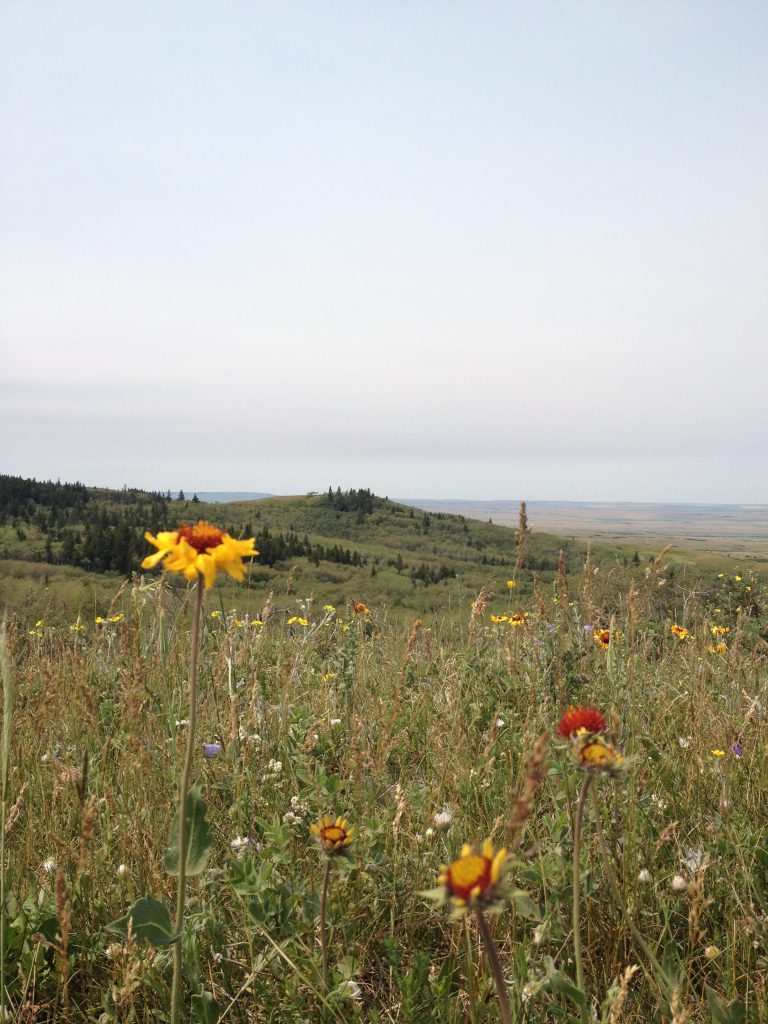The Nature of Culture at Cypress Hills Interprovincial Park
…or is it the culture of nature? Both are loaded terms with varying definitions. But, taken at their most basic, culture is “the sum total of ways of living built up by a group of human beings and transmitted from one generation to another” while nature is “the material world, especially as surrounding humankind and existing independently of human activities” (both definitions come from www.dictionary.com). To make it even simpler: nature is the world as it is without human interference and culture is the world as it is perceived and lived by humans. Culture is always influenced by the natural world, and we usually give meaning to the natural world based upon our cultural background.
Head-scratching definitions aside, when nature and culture intersect as they do at Cypress Hills Interprovincial Park, it is truly an animating and memorable experience. The park is perhaps best known for its recreational opportunities: camping, hiking, horseback riding, birdwatching, snowmobiling, and ziplining. Of course, these are all cultural activities, too, since the way people choose to spend their leisure time is reflective of cultural values. But enough with the definitions!
Beyond the recreational activities which allow people to interact with the stunning natural landscape of the Cypress Hills, the park also offers opportunities for engagement with arts and culture. There is the park interpretive centre as well as nearby Fort Walsh National Historic Site. But nothing connects people to place like story. Park interpreter and master storyteller Mimi Martin leads visitors on a spine-tingling Haunted Happenings hike through the trails of the park.
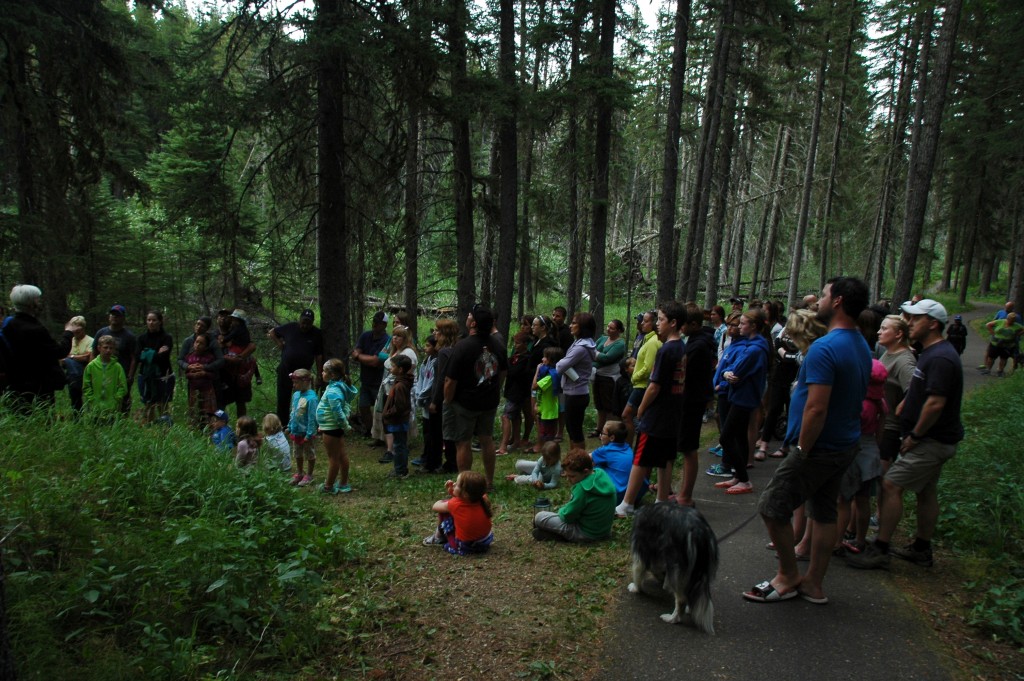
More than 100 brave souls accompanied Mimi Martin on the Haunted Happenings guided hike at Cypress Hills Interprovincial Park. July 25, 2015. Kristin Catherwood
As visitors follow Mimi up and down the hills of the evening-shrouded paths, she spins tales of the Northwest Mounted Police, of First Nations people, who called it the Thunder Breeding Hills, of the Métis bison hunters, and of the settler era of covered wagons and sod shacks. She also tells more recent stories, of camp counselors necking in the woods whilst a murderer lurks in the shadows, of bloodcurdling screams disturbing the peace of the forest. To listen to stories below towering lodgepole pines and learn about the intangible cultural heritage of the park is an experience that could happen in no other place. The stories and the natural world of their setting are totally intertwined. Though the Haunted Happenings walk is perhaps the most popular (because who doesn’t love a good ghost story?) other guided tours focus on astronomy, since Cypress Hills is a designated Dark Sky Preserve, and a Floriography, Fairies and Folklore walk which explores the park’s flora and its associated lore.
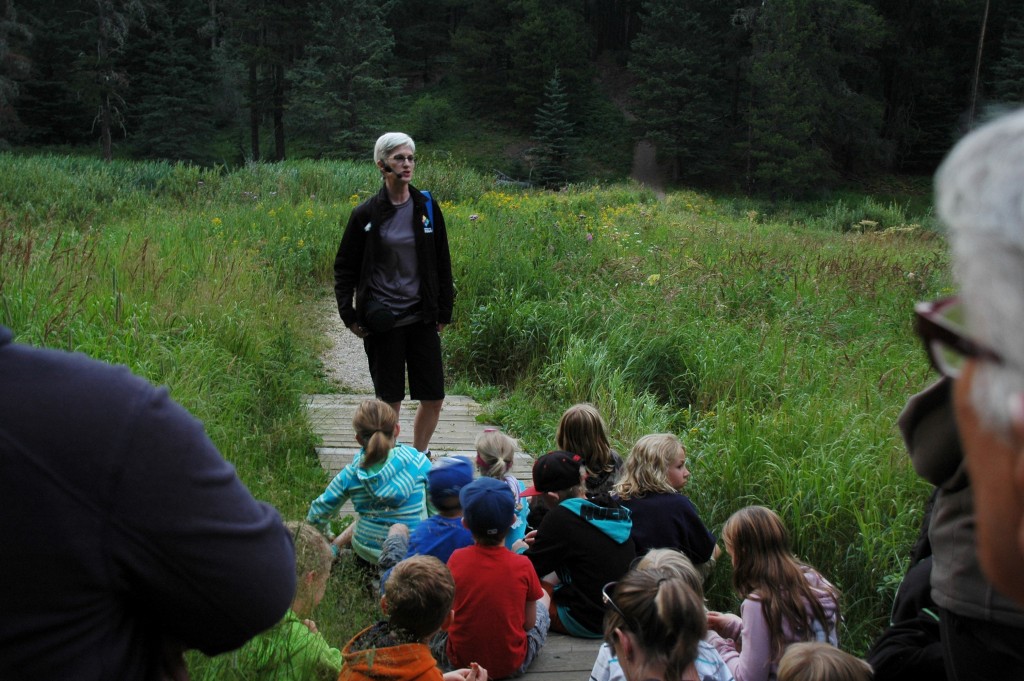
Children sit and listen, spellbound, as Mimi tells tales of mysterious happenings in the Cypress Hills. July 25, 2015. Kristin Catherwood
Another way of expressing culture is through the creation of art. Art in the Park, sponsored by the Saskatchewan Arts Board, is an artist-in-residence program. All summer long, selected artists have the opportunity to work on their projects as well as present workshops to the public in the Artist’s Cabin. The art grows out of nature, in the form of inspiration, and sometimes literally in the form of paintings on rocks and fallen tree branches. One of this year’s artists-in-residence, Wendy Nuttall, is a photographer who offers workshops to teach people how to capture their own particular interpretation of nature through a camera lens.

Artist-in-Residence Wendy Nuttall’s armed with her artistic tool: her camera. July 26, 2015. Kristin Catherwood
All places are cultural, but when culture is celebrated in a place that has been set aside to preserve its nature, there is an opportunity to experience a place even more meaningfully. If one has a creative bent, art, in any form, whether a photograph, a painting, a sculpture, or a well-told story can be the result. Next time you are out in nature, ask yourself, “what are the stories of this place?”


